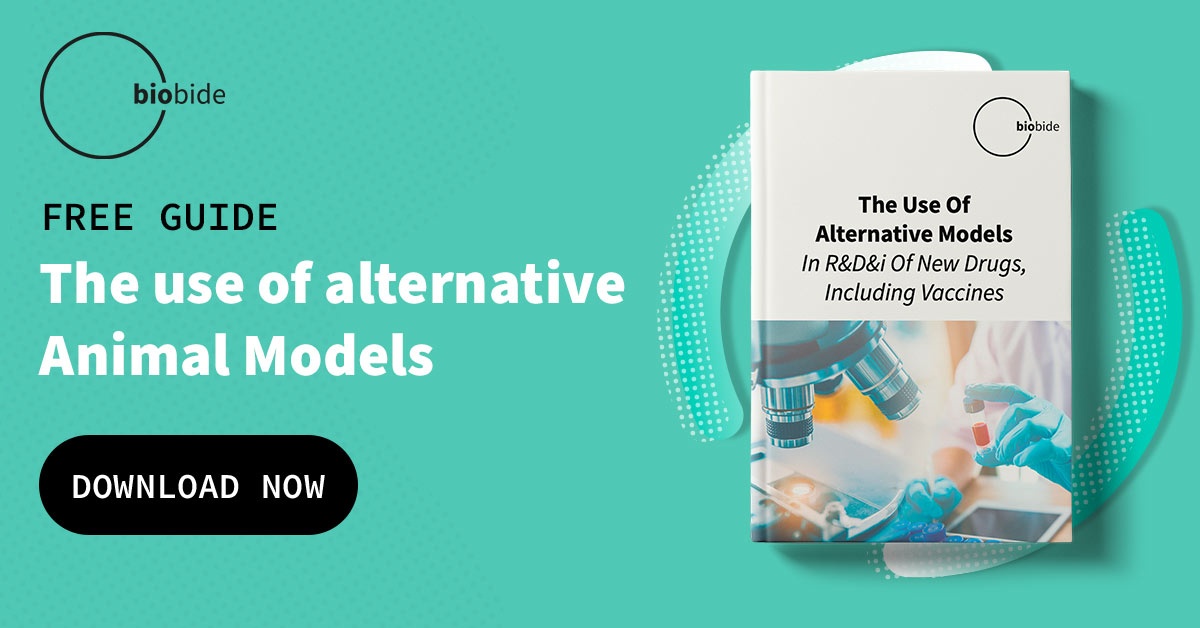Cruelty-free cosmetics have emerged as a powerful statement within the beauty industry and Fast Moving Consumer Goods (FMCG), reflecting a growing consumer consciousness on the ethical treatment of animals. With an increased focus on animal welfare, the beauty industry has undergone a shift towards the 3Rs Principle application and all surrounding regulations.
In 2004 the European Union (EU) introduced a ban on animal testing on finished products. In 2009 this ban was expanded to include a ban on the use of any ingredient tested on animals for cosmetic products.
This article explores the importance of 3Rs and animal welfare regulation, its current situation, and the role of New Alternative Animal Models (NAMs), like zebrafish, for cruelty-free cosmetics and self-care product development.
The significance of cruelty-free regulations
For many years, the use of animals for cosmetic testing has raised ethical concerns and moral obligations. The public has become more aware of animal protection and the need to stop testing on animals and treat them humanely has increased in the society.
The 3Rs Principle (Replacement, Reduction, and Refinement of animals) has emerged as a framework to minimize the use of animals for research purposes, but it still continues to advance in the scientific area. These principles promote the exploration and implementation of NAMs that prioritize animal welfare, such as zebrafish. Information on the growing area of alternative models can be viewed in this Biobide research study: The Use of Alternative Models.
Changing consumer preferences drive the demand for cruelty-free options, and encouraging a market shift towards safe but ethically produced products. In response, many brands are committing to cruelty-free practices to maintain their brand reputation and cater to a growing market segment. As consumer awareness and ethical considerations continue to influence purchasing decisions, companies are compelled to adopt cruelty-free regulations, sometimes focused mainly to obtain marketing claims.
The current state of animal welfare and 3Rs regulations
While various regulatory entities worldwide oversee cosmetic testing practices, the extent to which regulations prioritize animal welfare varies globally. Some regions, such as the EU, Switzerland, Iceland, Norway, Israel, Mexico, and India have implemented stricter guidelines, and cosmetic testing on animals is illegal. However, China still performs some animal testing on certain cosmetic products, while the US advises not to conduct experimental assays on animals, but it is not illegal. They “prohibits the sale of mislabeled“ and “adulterated cosmetics“, but does not require “animal tests to be conducted to demonstrate that the cosmetics are safe”.
The marketing of cruelty-free cosmetics can be misleading as there are no official definitions of the phrases ‘not tested on animals’ or ‘cruelty-free’. While a company may be able to state that it has not used animal testing, its ingredients suppliers might not. With the lack of global regulations on label requirements, a company may inadvertently, not deliberately, mislead the public.
Adhering to cruelty-free regulations while ensuring product safety presents a huge challenge for cosmetic companies. Developing and validating alternative testing methods, such as in vitro and in silico models, requires significant investment in research and innovation, as well as applying the latest technological advancements. This requires the companies to strike a balance between cruelty-free practices, innovation, and consumer demand.
The role of the zebrafish model in cruelty-free cosmetics
There is an industry transition within the cosmetics industry, as it increasingly uses NAMs to meet the demands of animal welfare and ethical testing regulation. These include in vitro assays (using cells or tissues in test tubes), and in silico testing (carried out virtually, using computerized models), as an alternative to in vivo assays (in live organisms). The zebrafish model relies between the in vitro and the in vivo consideration, because despite they are a whole organism with all their organs and functions, the zebrafish embryos are not considered experimental animals until they reach 5-6 dpf (days post-fertilization) based on the EU Directive 2010/63.
Thus the zebrafish has gained prominence as a NAM that helps overall in the reducement, replacement, and refinement of animals due to the many benefits they present besides using animals or cells, especially the ethical benefit of using embryos until 5-6 dpf. Among them stand out the genetic similarity to humans, rapid reproduction and fecundity, transparency of embryos that facilitate in vivo observation, and the small size that allows automation and higher throughput, together with the application of technology developed to work in vitro. Zebrafish embryos also allow for non-invasive monitoring of developmental processes, making them well-suited for toxicity testing in the beauty industry.
Biobide emerged as a pioneer in promoting the use of zebrafish for toxicity assessment in the cosmetic and self-care industry. Using zebrafish embryos, Biobide conducts a wide range of toxicity assays, providing valuable insights into the safety of cosmetic ingredients while aligning with the 3Rs principle.
Conclusion
Avoiding the use of animals in the cosmetic industry has become a priority and a strong demand in the nowaday society. As a result, beauty companies are increasingly turning to the use of NAMs, such as zebrafish, to ensure product safety with less ethical concerns.
The collaboration between industry, advocacy groups, and regulatory bodies is essential to accelerate the adoption of animal cruelty-free regulations and methodologies, fostering a future where beauty products are both safe and humane. In this sense, Biobide is a leading company in the use of NAMs for toxicity analysis and biomedical research, that works together with other companies, regulators, and agencies for driving the development and implementation of NAMs to minimize the use of animal testing.
Sources
- https://single-market-economy.ec.europa.eu/sectors/cosmetics/ban-animal-testing_en
- https://ec.europa.eu/commission/presscorner/detail/en/ip_23_3993
- https://www.humanesociety.org/resources/cosmetics-animal-testing-faq#mandatory
- https://www.humanesociety.org/resources/cosmetics-animal-testing-faq
- https://www.rspca.org.uk/adviceandwelfare/laboratory/testingchemicals/cosmetics





